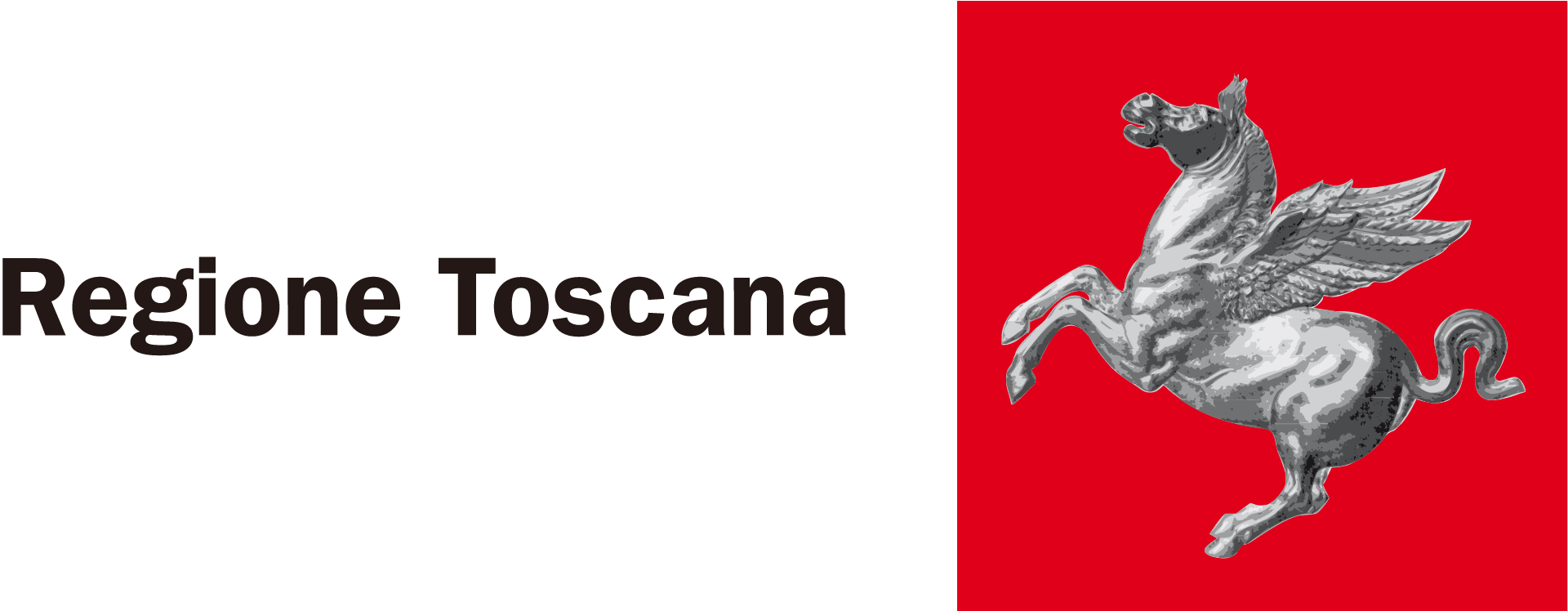The fourth edition of the report on the economic and working conditions of women has a partly different structure from the earlier ones, as it offers an easier picture of the female condition in Tuscany. Using the main gender statistics, it highlights the fundamental changes concerning demographic variables, education levels, participation in the labour market and time use that have occurred in the last few decades.
In the face of a significant transformation in the expectations and behavioural styles of Tuscan women, particularly in the age range of 25-49 years, a worrisome figure is that of the low fertility rates characterizing the region, even more so because of the economic crisis. Women are better educated than in the past, they participate more to the labour market, but – contrary to what happens in other European countries – have few or no children. This figure is significant not only as an indicator of the individual behaviour of women, but also as a sign of an alarming demographic problem for our country. According to Eurobarometer data, Italy records one of the widest gap between number of desired fertility and number of children born.
The descriptive part of the report is completed with an analysis of the role of maternity and childcare in the careers of employed women over the period 2004-2014, using an original database, that is the declarations of Tuscan taxpayers.

Author: edited by Natalia Faraoni. Contributions by Donatella Marinari, Marialuisa Maitino, Letizia Ravagli and Stefano Rosignoli.
Publication details: © IRPET May 2017 - ISBN 978-88-6517-078-6









